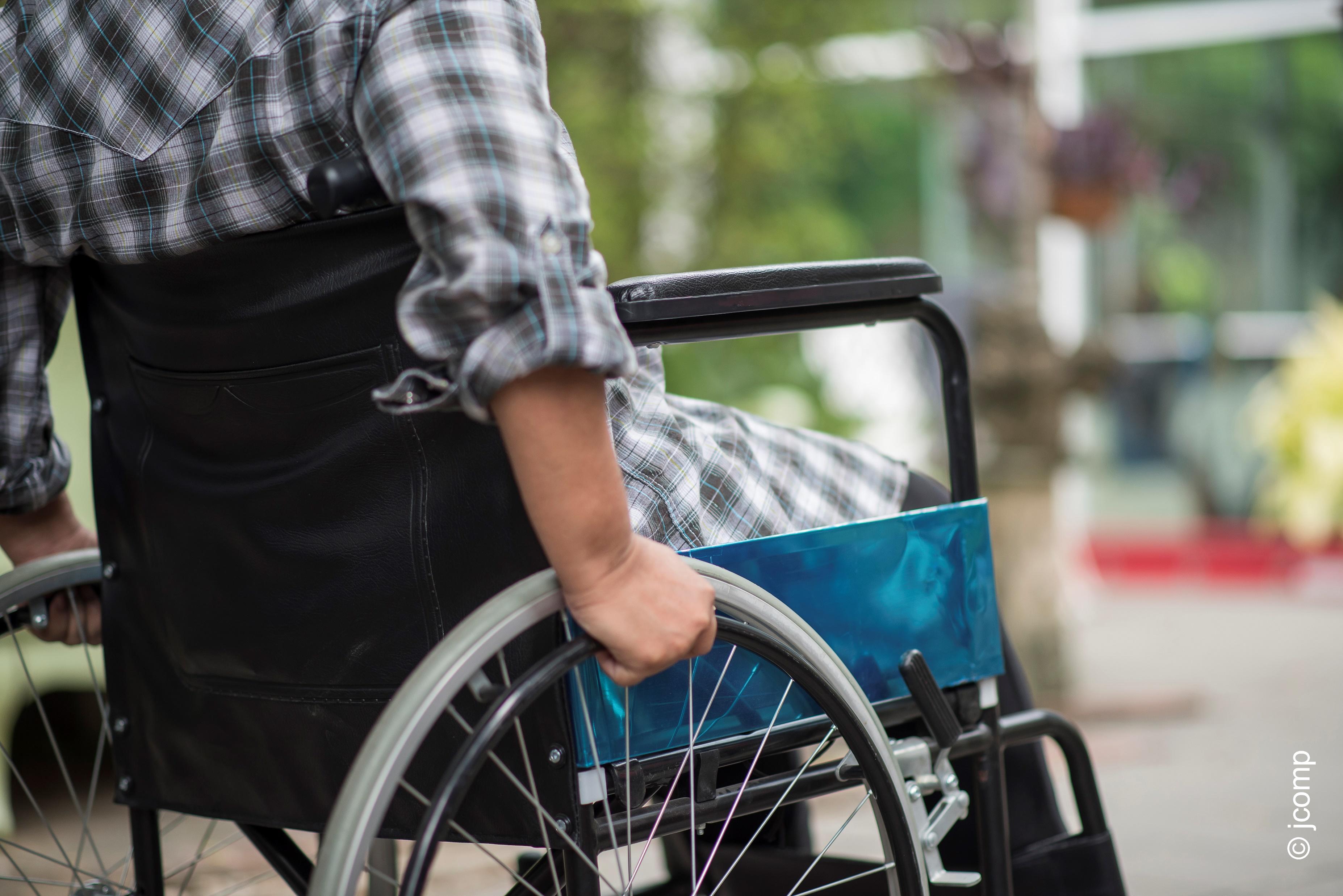The Convention on the Rights of Persons with Disabilities and its Optional Protocol, both of which were signed by more than 80 countries, were approved at the United Nations Headquarters in 2008. Never before had a United Nations Convention brought together such a high number of signatories on the day of its opening for signature.
It was the most important element that had occurred in the international community in relation to persons with disabilities and the positive influence it can have on different fields. It was also the catalyst to put this issue on the internal political agendas of countries, leading to a tendency to recognise and protect the rights of persons with disabilities, given that this convention has gone on to form part of the legislative framework of countries like Spain. However, the rights of persons with disabilities continue to be a poor reality, with many shortfalls that take us away from the elements set out in the Convention signed in the United Nations.
The Convention highlights the importance of personal mobility to fulfil the rights of persons with disabilities, devoting a whole article to it, setting out that “The States shall take effective measures to ensure personal mobility with the greatest possible independence for persons with disabilities” and a series of points is listed on which countries should act in favour of the mobility of this group. Obviously, this requires investment in order to adapt public and private mobility services.
To understand and act correctly in terms of the adaptation of the mobility system, there is some criteria to facilitate accessibility to the environment: DALCO – Spanish acronym for Ambulation, Apprehension, Location and Communication. DALCO guarantees a comprehensive vision of how infrastructures, systems and services should be adapted in relation to all dimensions of human activity. After all, guaranteeing accessibility means ensuring that ambulation, apprehension, location and communication actions can be developed by all users without encountering any barriers.
Society is currently immersed in a transition process towards the new sustainable mobility paradigm and, in this respect, cities are embracing this transition and embarking on the transformation towards a transport and city model to comply with what is set out in the international agenda. To do so, transversal modifications are required, such as the pedestrianisation of spaces that have until now been devoted to cars or the reconsideration of public transport itineraries, among others. This process should not just be to make cities more sustainable, but also to make them inclusive for persons with disabilities. Therefore, for example, urban restructuring to pedestrianise a public space does not just involve taking space away from cars and giving it to pedestrians, but it must consider the elimination of architectural barriers that may hinder the personal mobility of persons with disabilities, or ensure that widths and slopes are compatible with reduced mobility.
In conclusion, although years have gone by since many countries agreed to adopt elements such as the mobility system for persons with disabilities, the system has not undergone the necessary transformation to do so. However, the new mobility paradigm should not only include the sustainability and technological innovation perspective, but also the universal accessibility approach.





















